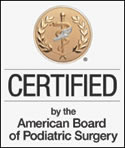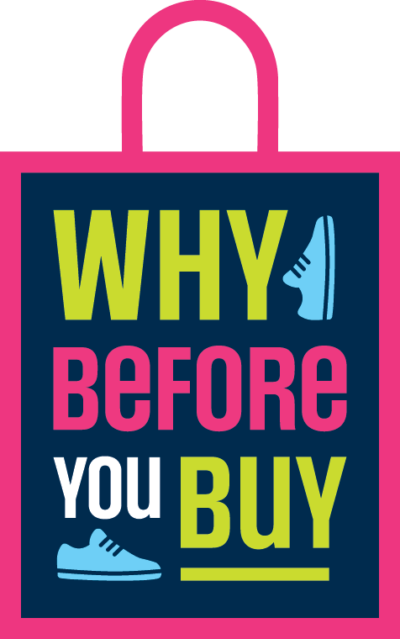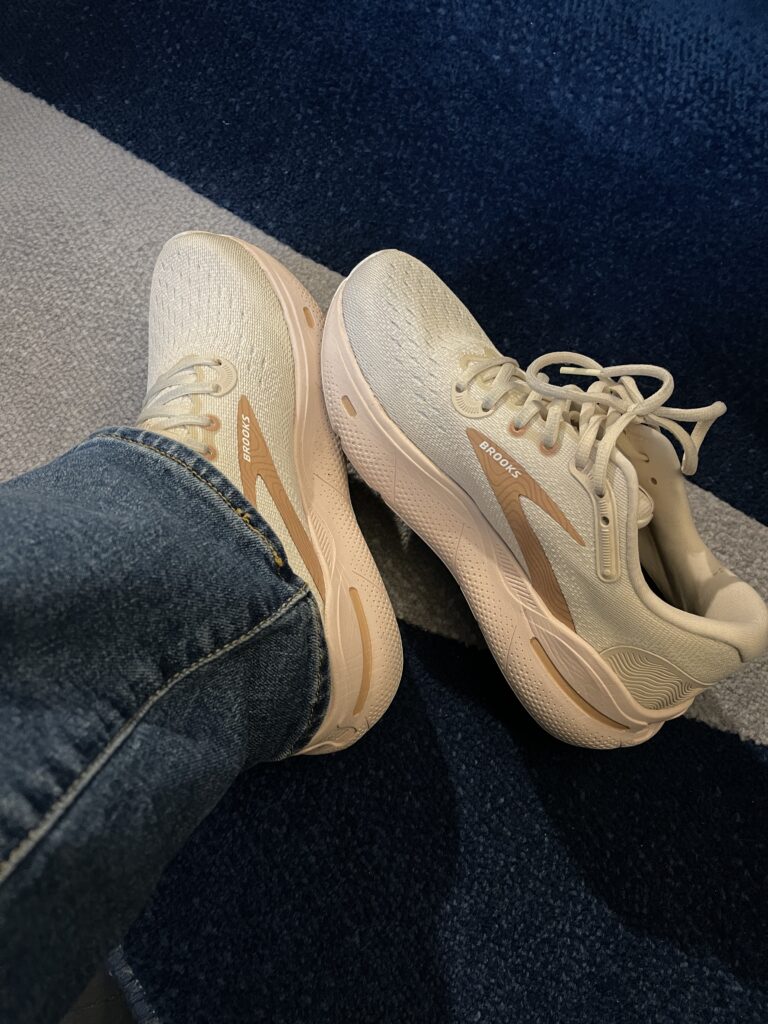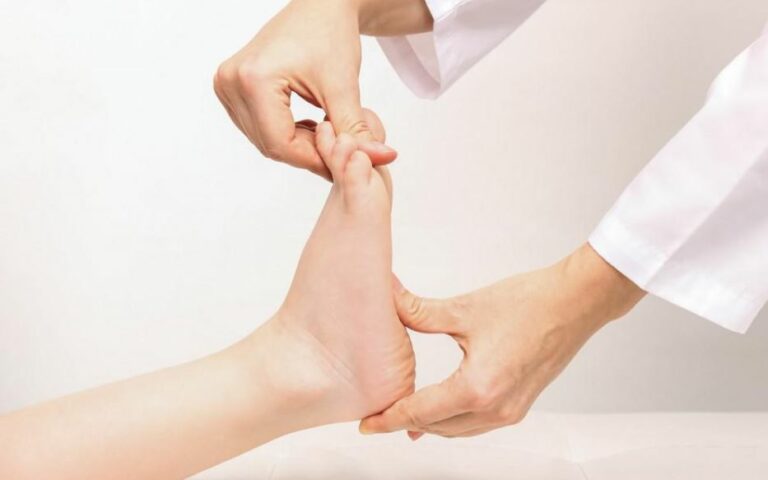Protect Your Feet from Puncture Wounds and Cuts
Wear shoes to protect your feet from puncture wounds and cuts caused by seashells, broken glass and other sharp objects. Don’t go in the water if your skin gets cut—bacteria in oceans and lakes can cause infection. A puncture wound should be treated by a foot and ankle surgeon within 24 hours to avoid complications.
Jellyfish Stings
Remember that a jellyfish washed up on the beach can still sting if you step on it. If their tentacles stick to the foot or ankle, remove them, but protect your hands from getting stung too. Vinegar, meat tenderizer or baking soda reduce pain and swelling. Most jellyfish stings heal within days, but if they don’t, see a doctor.
Sunburns
Feet get sunburn too. Rare but deadly skin cancers can occur on the foot. Don’t forget to apply sunscreen to the tops and bottoms of your feet.
Burns
Sand, sidewalks and paved surfaces get hot in the summer sun. Wear shoes to protect your soles from getting burned, especially if you are living with diabetes.
Ankle Injuries, Arch and Heel Pain
Walking, jogging and playing sports on soft, uneven surfaces like sand frequently lead to arch pain, heel pain, ankle sprains and other injuries. Athletic shoes provide the heel cushioning and arch support that flip-flops and sandals lack. If injuries occur, use rest, ice, compression and elevation (RICE) to ease pain and swelling. Any injury that does not resolve within a few days should be examined by a foot and ankle surgeon.
Diabetes Risks
People who are living with diabetes face serious foot safety risks at the beach. The disease causes poor blood circulation and numbness in the feet. A person living with diabetes may not feel pain from a cut, puncture wound or burn. Any type of skin break on a diabetic foot has the potential to get infected and ulcerate if it isn’t noticed right away. People living with diabetes should always wear shoes to the beach and remove them regularly to check for foreign objects like sand and shells that can cause sores, ulcers and infections.
The post Foot Safety at the Beach appeared first on Bethesda Foot & Ankle Center.









